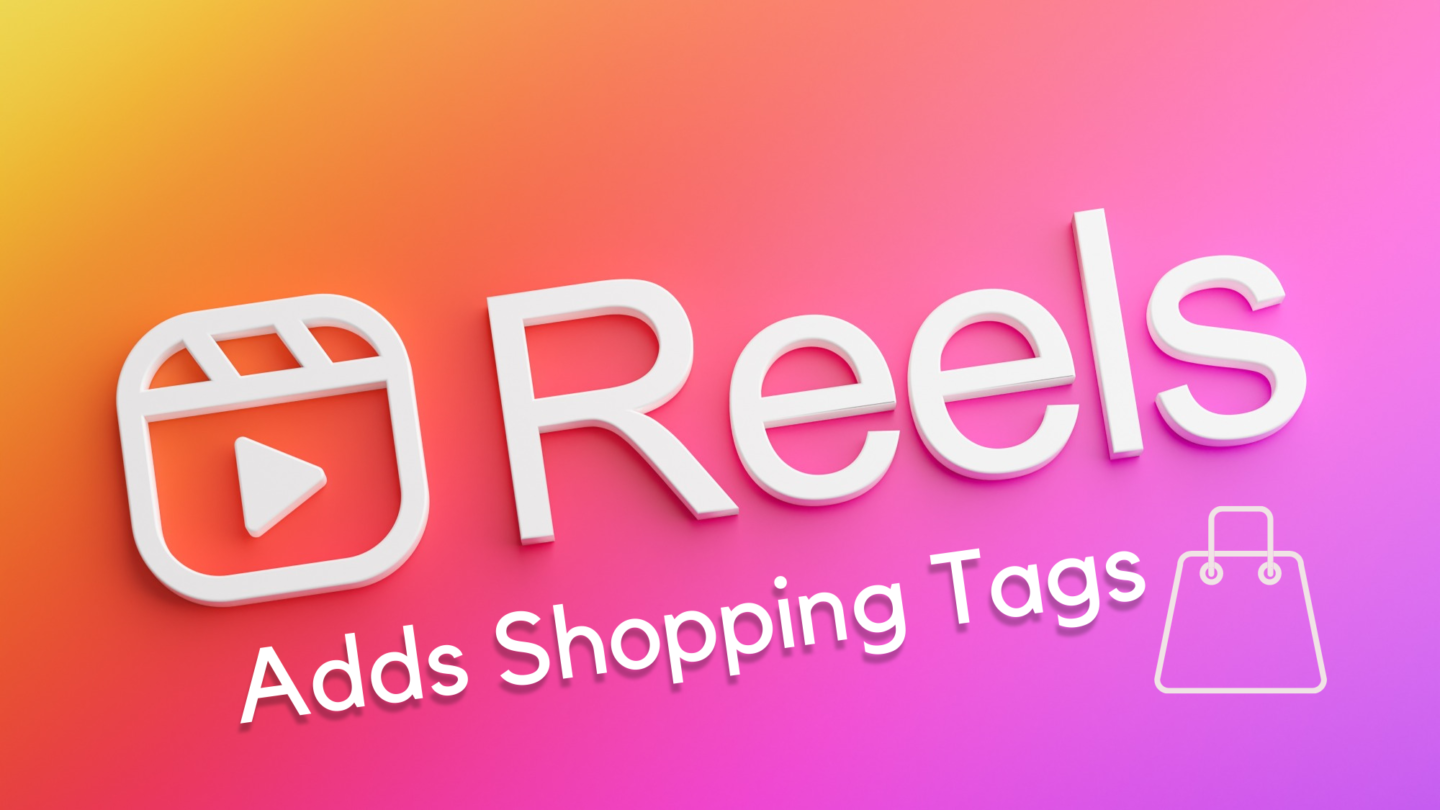On the heels of TikTok’s 2020 rise to fame, Instagram has continuously made moves to keep up. From releasing Reels (a very TikTok-like feature) right in the middle of a potential TikTok ban being announced in the US, to expanding shoppable posts around the same time that TikTok partnered up with Shopify, Instagram has been feeling the heat to keep its users engaged.
The popular social media platform’s latest move — adding shopping tags to Reels — will further integrate e-commerce into the Instagram experience.
What Are Shopping Tags?
Shopping tags offer a way for viewers of a Reel to shop the products they see on screen right from their Instagram app. They basically simplify the process of being able to “shop the looks” of your favorite influencers, cutting out the middleman apps that, up until now, have helped users hunt down the products they see in their feeds (LikeToKnowIt, for example).
For example, if your favorite beauty influencer used a new eyeshadow palette to craft a look for their latest Reel, they can add a shopping tag to the video. When they do, you’ll see a “View Product” button on the screen. Clicking that button will pull up a preview of the palette’s product listing, featuring a product photo and price point. From there, you can either save the product to a wishlist for you to review and shop later, or you can navigate directly to the product listing and make a purchase.
How Will Brands Use Shopping Tags?
This new feature is great news for the influencer community. Shopping tags are a valuable addition to influencer strategies. Brands that use micro influencers may choose to lean into sending free product samples in exchange for tags. Plus, this offers another option for tracking traffic to product listings and determining the relative effectiveness of influencer posts.
Key Takeaways:
Shopping tags will function in Reels much like they function in Instagram posts — and they’ll likely play a similar role in influencer strategies.
The way this new feature encourages users to engage with the wishlist function is noteworthy, too. Could Instagram (and parent company Facebook) be building an avenue to high-conversion ads that target based on wishlist? We can’t say for sure, but we certainly wouldn’t mind trying it in our upcoming campaigns!
